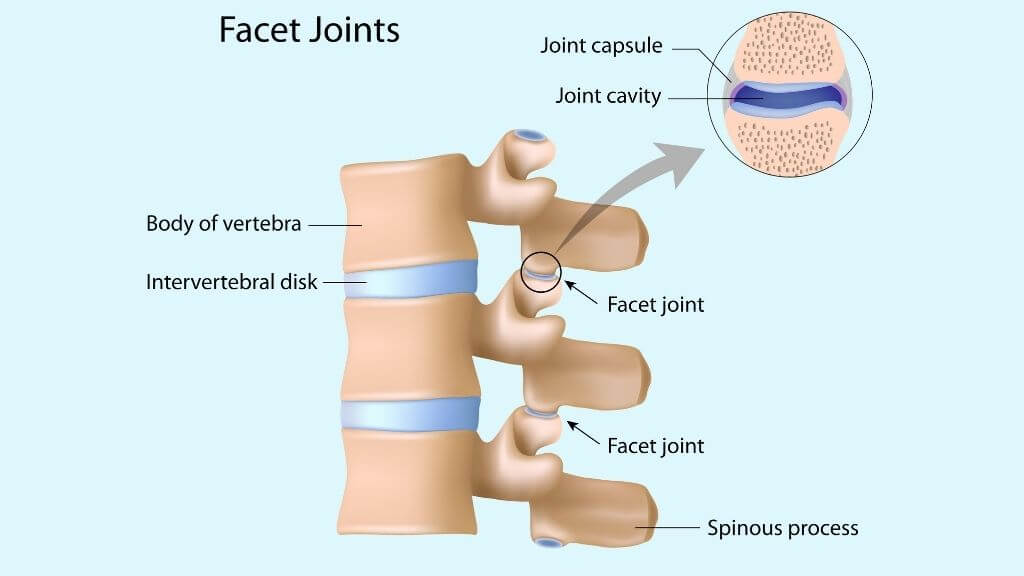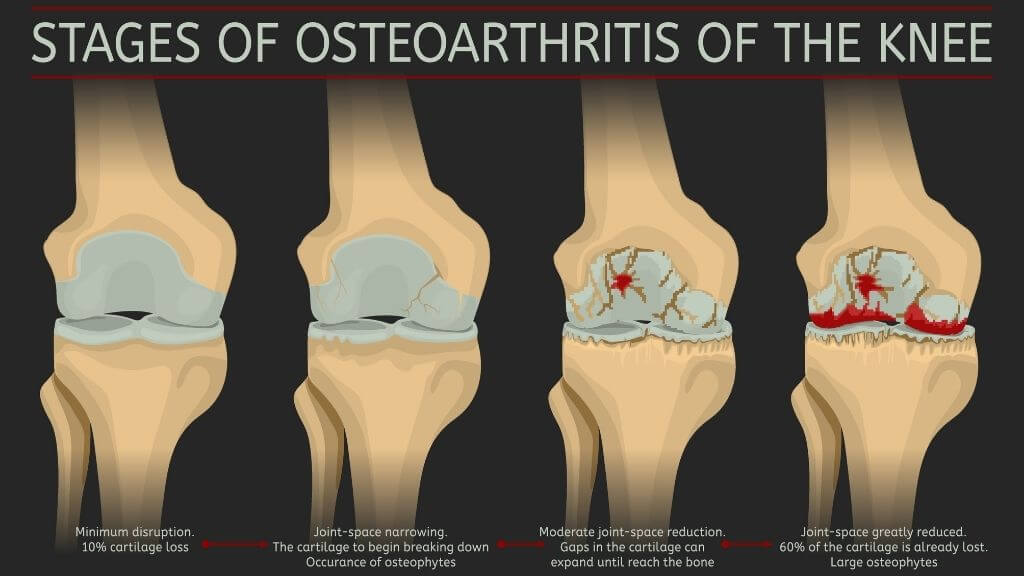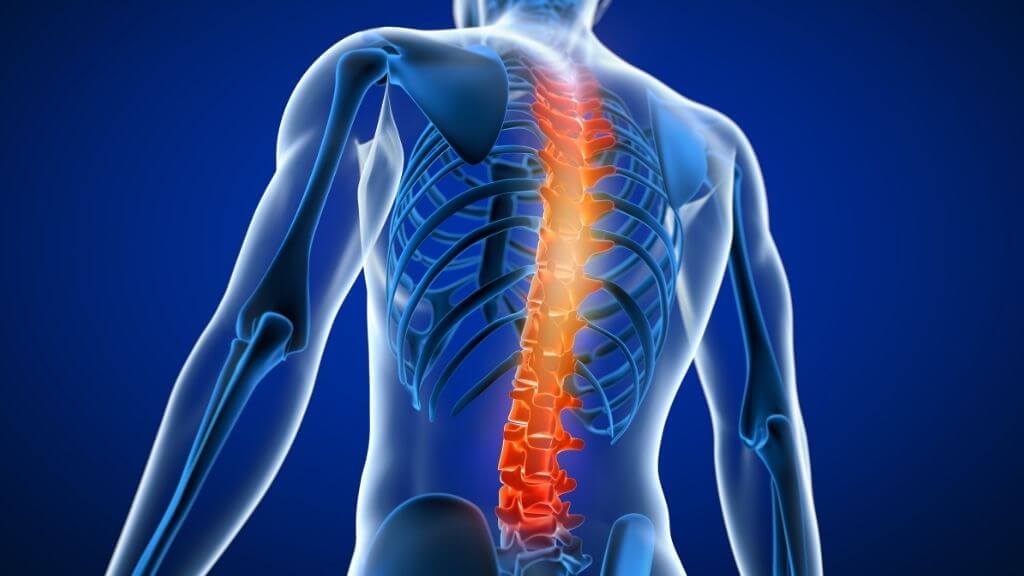Don't Blame the Bed: Why Pain May Be a Bad Back, Not the Mattress
8 minute read
Those mornings when you just don’t want to get up are common to all. The reasons can include being too cold, being too tired, and feeling muscle soreness.
You can’t control the weather, but at least you can go to bed earlier if needed. As far as pain goes, though, you need to know the cause before you can come up with a solution. Do you need a new mattress or is your back in bad shape?
Some slight neck and back stiffness is normal when you wake up, as you ease your body into moving for the day. Prolonged or extreme pain can be a sign of something more serious.
Most people automatically blame the pillow or the mattress, but the real problem could be internal. Spinal joint pain could be interfering with your sleep and your quality of life.
Understanding Facets
Neck and back pain can be annoying because virtually every movement you make throughout the day links to the movement of your neck or back. Sometimes the problem is a spasm or ligament strain and is easily remedied, but other times the cause is deeper.
| Related: Why Boswellia Is Great for Pain Relief and Other Top Benefits |
Arthritis in your facet joints is the number one cause for frequent bouts of stiffness and it has nothing to do with the mattress.

Typically we associate arthritis with joints and the term “joints” usually brings knees, elbows, and hips to mind. The truth is that your spine also contains many small synovial joints called facets. The vertebrae that make up your spine are separated by discs and each vertebra has two sets of facet joints located at each side of the vertebral bodies.
By joining the vertebrae together, facets provide stability, mobility, and support for the spine. It is because of these joints that you are able to flex, twist, and perform extension movements.
Just like every other joint in your body, the facets have cartilage that can become worn down, preventing spinal movements and putting you at risk for arthritis.
| Related: How to Prevent Carpal Tunnel, Identify It, and Get Relief |
Aging and injuries cause cartilage to break down. The breakdown of joint tissues is associated with inflammation, which causes swelling and tenderness in the affected area. Slipped discs and bone spurs are also common causes of spinal pain, and these trigger inflammation in the area.
These are the symptoms of arthritis, and this can occur in your spinal facets just as it does in every other joint.
What Causes Joint Pain in Your Spine
As with other forms of joint pain, there is no known, singular cause of facet arthritis. There are however, several factors which increase your risk for developing the condition.

Osteoarthritis: Having knee, hip, or elbow arthritis doesn’t mean you will get spinal facet arthritis. That being said, joints become misaligned as a result of inflammation, so injury or arthritis in another joint may cause inflammation and greater wear on other joints.
| Related: How to Fight Osteoarthritis Flare-Ups Naturally |
Having osteoarthritis already will not cause facet arthritis, but in time it can contribute to the development of facet pain and misalignment.
Excess Weight: Obesity and carrying around extra weight places undue stress and pressure on any joint. Just as it can wear on your knees and hips, the extra pounds can take a toll on your spinal joints too.
Synovial Cysts: Fluid-filled sacs can develop along the spine, and as the joints begin to break down, these sacs release fluid. Other sacs can develop to catch the fluid, and soon you have multiple cysts along your spine.
For the most part, these are not troublesome, but should they start pressing on your nerves, you could be in for some discomfort.
Regardless of the cause of the pain, facet arthritis impacts both your neck and your back. Neck pain usually starts as soon as you wake up and worsens with activity.

In addition to this you can get headaches, muscle spasms, and a pain radiating from your neck through your shoulders. Because many of your daily activities, such as driving, require neck movement, facet arthritis can begin to seriously impact quality of life.
| Related: Inflammation: Getting to the Heart of Joint Health |
Degeneration of the facet joints also contributes to severe lower back pain. Aging is typically the reason for this, as cartilage weakens and the joints lose water and volume.
This means more pressure is placed on each facet joint in your spine, and you can end up with pinched nerves as well as prolonged lower back aches.
Treating Facet Arthritis
You don’t have to throw your mattress out. Facet arthritis, like any other form of arthritis, can be treated, and the symptoms can be managed.
Unlike other forms of arthritis, though, facet arthritis is rarely treated with surgical options. Because of the delicate nature of the spinal cord, non-invasive therapies are preferred and are often very effective.
The most common treatments for facet arthritis include:
Resting: By resting you reduce the use of the spine, which allow time for it to heal and prevents further pain and damage.
Sleep supports: Instead of buying a new mattress, get some supportive additions with your money. Specialty pillows and braces have been designed to help ease pain and support you, so you can get restful sleep.
Muscle relaxers: These are typically only prescribed when pain is severe. They work to relax muscles, thereby easing tightness and reducing tenderness and pain.

Physical therapy: There are numerous sitting, stretching, and sleeping exercises that can ease pain and help develop strength in weakened areas. Physical therapy can help you maintain strength and stamina as facet arthritis worsens, so your body is better able to heal.
Supplemental support: With inflammation being a contributing factor to facet arthritis, supplements that work to reduce inflammation can be a big help.
Curcumin is a natural anti-inflammatory agent that naturally reduces pain and inflammation without causing any side effects that prescribed painkillers may cause.
The Bottom Line
The best approach to treating facet arthritis is to use a combination of the above options. Because everybody is different, certain therapies will work better for certain people.
By taking a multi-faceted approach to this type of arthritis, you stand a good chance of sleeping through the night and getting up with ease. You won’t have to worry about arthritic pain keeping you in bed any longer, and will only feel like staying in bed because it’s comfortable.












